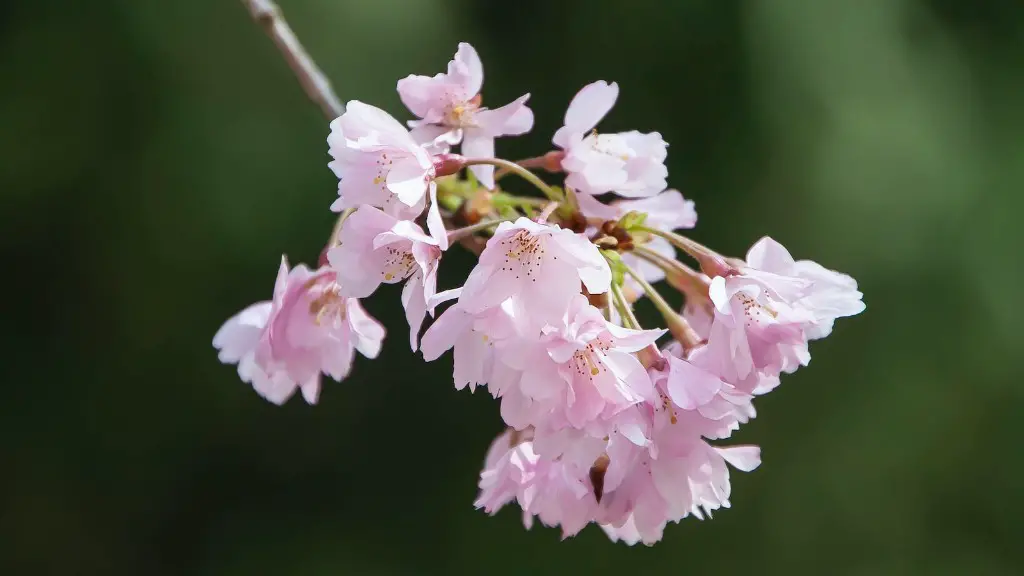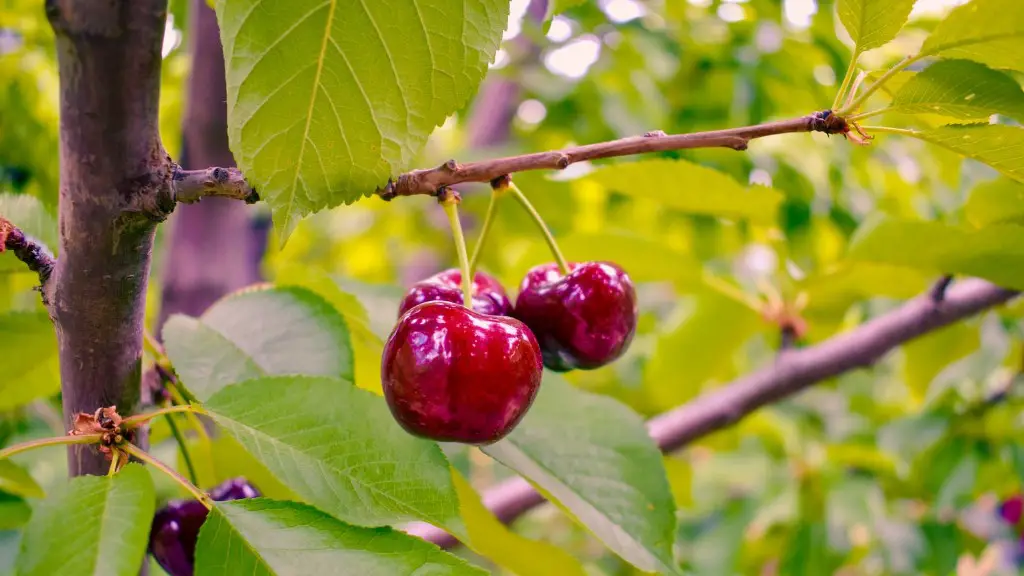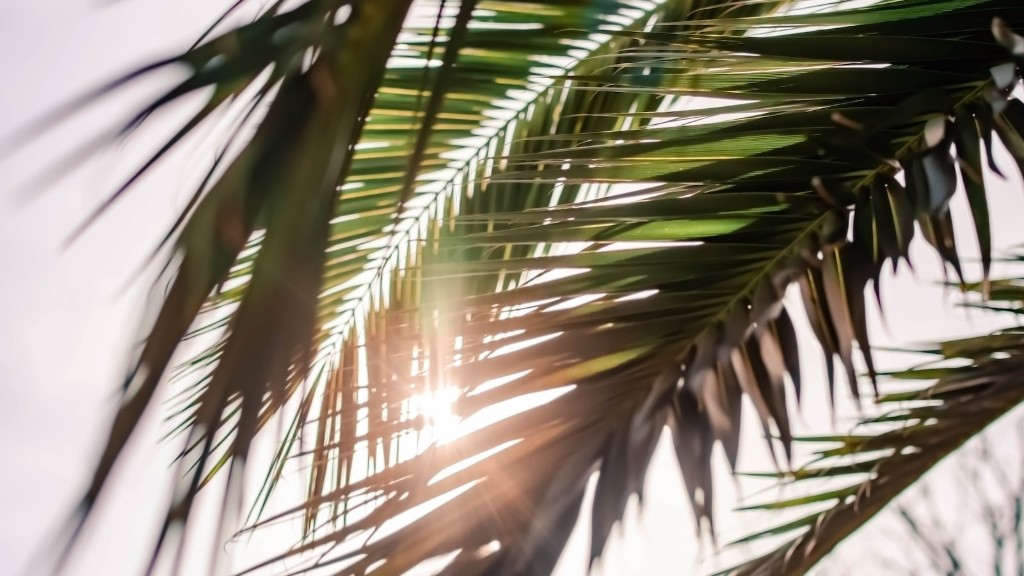When Can I Trim My Cherry Tree?
Pruning cherry trees is an important part of growing and harvesting their delicious fruit. To maximize fruit production and tree shape, it is important to understand the best timing for pruning them.
Cherry trees bloom and bear fruit in late spring or early summer, producing white or pink showy blooms begin in mid-May through mid-June. Before blooming, you need to prune your cherry tree’s branches and limbs to keep them healthy and in shape. Generally speaking a cherry tree should be pruned in the late winter or early spring. Experts recommend pruning cherry trees every two to three years for older trees and every year for young and newly planted ones.
The best timing to prune a cherry tree is from late winter to early spring, anytime from late February to the end of March. During late winter, the tree is still dormant and isn’t actively growing yet, giving you time to review the branches and determine which ones are healthy and which ones need to be pruned. Different tree varieties have different pruning requirements, so be sure you know what kind of tree you are dealing with, and follow the specific pruning guidelines for that variety.
When pruning, you will want to remove weak or dead branches first. These will be easy to identify and eliminate as they will be either obviously dead or significantly smaller than other branches. You should also remove any extra branches that are crossing and rubbing together and any branches that are growing too close to the center of the tree. This will help promote better airflow, prevent infection, and help sunlight reach the center of the tree. You will also want to remove suckers and water sprouts, which are shoots that grow straight up, away from other branches. They usually grow near the trunk and absorb energy from the tree.
Experts recommend cutting back branches to the point of new growth. This will promote new growth where you want it and make the tree look fuller and more consistent. Finally, try to make clean, sharp cuts with sharp pruning shears for larger branches and secateurs for smaller twigs and branches.
When to Fertilise
It’s important to fertilise the soil around your newly planted and older cherry trees in the late winter or early spring. This is the best time to fertilise as the tree uses the extra nutrients when it is gearing up to bloom and bear fruit. You can use organic or inorganic fertilisers, but organic is generally considered better.
Organic fertilisers typically contain equal parts of nitrogen, phosphorus, and potassium, and also trace minerals such as magnesium, calcium, and iron. These minerals are essential for the healthy growth of your tree and its production of fruit. Be sure to not overfertilise as this can damage your tree’s quality and productivity. Follow the instructions on the package for the correct amount to use based on the size of your tree.
You should also add a 3- to 4-inch layer of mulch around the base of your tree in the late winter or early spring. The mulch helps keep the soil moist and prevents weeds from taking over, giving your tree the best chance to stay healthy.
When To Prune In Depth
During the late winter and early spring months, you should prune your tree in depth. This means removing any suckers that have formed in the trunk, thinning out any dense interior branches, and reducing the height of the tree. This is important as it helps control the size of the tree and allows for stronger, more consistent fruit production.
When pruning in depth, try to make sure your new shape has some depth to it. This will help ensure that sunlight can make its way to the interior branches and ripen the fruits faster. Make sure to pay attention to the health of the branches, removing any diseased ones that can potentially spread disease to other branches.
When to Harvest
You should aim to harvest your cherries when they full ripe – which depends on the weather and your cherry tree variety. Generally speaking, cherries are ready to be harvested in late June or July, when the fruit is a deep, dark red colour. You can also use the taste test, check whether they are sweet or tart to determine their ripeness.
When harvesting cherries, make sure to handle them gently and ovoid using too much force, which can damage the skin. Gently twist and push away from the stem to remove the fruit. Also, try to gather them every two to three days to ensure that you’re getting the desired ripeness.
Storing Cherries
When stored properly, cherries can last for a couple of weeks in the fridge. Make sure to place them in a plastic bag or container and remove any stems that are still attached. This will help to keep the cherries fresh for longer.
Cherries can also be frozen for up to one year. This is a great way to extend the life and enjoy cherries year-round. Simply wash and peel the cherries, then spread them out on a single layer on a lined baking sheet. Place them in the freezer until they are frozen solid before transferring them to a freezer-safe container or bag and store them in the freezer.
Pests and Disease Prevention
When growing and maintaining a cherry tree, it’s important to be aware of potential pests and diseases that could affect it. Pests and diseases can weaken trees, reduce fruit production, and even kill trees in extreme cases.
To prevent and reduce the chance of pests and diseases, you should give your tree proper care and attention. This includes pruning at the right time, using appropriate fertilizers, and providing adequate water. Additionally, you should inspect your tree regularly and treat any signs of pests or diseases as soon as you see them.
Dormant Pruning
Dormant pruning is a great way to help keep your cherry tree’s shape and structure in check. During the late winter, when your tree is in a dormant state, you can prune any excessively large branches and limbs, reduce the height of the tree, and thin out any dense interior branches. Dormant pruning helps keep a good balance and shape, which means better fruit production.
It is important to be careful when pruning during the dormant season as you could unknowingly remove branches with potential buds that could later become fruit producers. Be sure to pay attention to the health and structure of the branches and make sure you are leaving the correct number of buds for the following season’s growth.
Mulching
Mulching your cherry tree is a great way to protect its roots from the heat and cold of the environment, as well as reduce the amount of weeds around it. You should add a 3- to 4-inch layer of organic mulch – such as straw, newspaper, or wood chips – around the base of the tree. This will help keep the soil moist, reduce weeds, and add nutrients to the soil as the mulch decomposes over time.
Pruning Tools
Finally, it’s important to have the right tools on hand so that you can prune your cherry tree correctly. For larger branches, you should use sharp pruning shears, and for smaller twigs and branches, use secateurs. Also, make sure to wear protective gloves, goggles, and clothing when pruning the tree.


